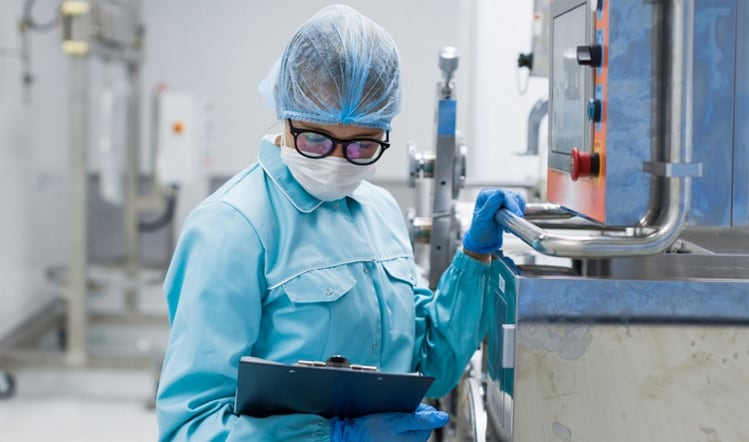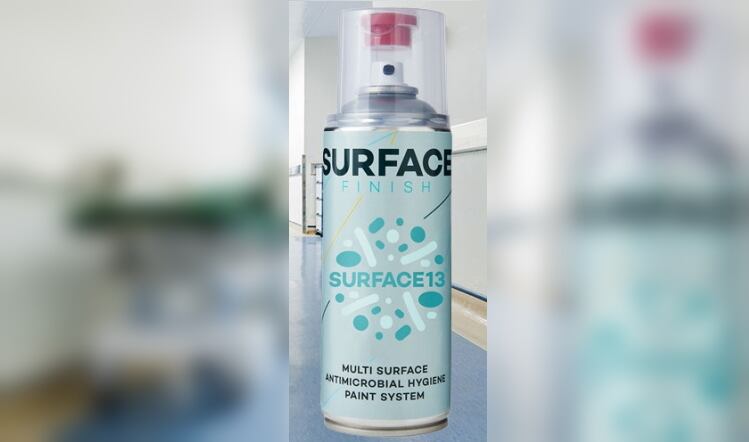Irradiation of food is used to eliminate bacterial that may lead to food poisoning – such as salmonella, campylobacter and E.coli.
The process can be used to help preserve foods and reduce food waste. Food is exposed to electron beams (x-rays or gamma rays), the food is exposed to radiation it does not become radioactive itself.
In 2011 the European Food Safety Authority reviewed the evidence and confirmed irradiated food was safe. Similarly, the FDA, World Health Organization and others have concurred.
So, what is the problem?
Irradiation of food can be carried out where there is a benefit to the consumer BUT irradiated food must be labelled as such. Rules on which food materials are authorized for irradiation in the EU are not harmonized.
The issue therefore is not one of safety but is one of labelling. We have seen an in increase in the number of positive results. China irradiated the largest volume of foods and some countries (such as the USA) allow phytosanitary use of irradiation.
Many spices therefore destined for the USA market are treated. During the Covid pandemic and the resulting disruption in supply chains there are suggestions that material destined for the USA market (therefore irradiated) was diverted to alternative destinations.
This may explain some of the increases seen. Testing for irradiation in the UK remains quite low.
Testing options
- Photostimulated Luminescence (PSL)
This is the cheaper method. It looks to detect irradiation in mineral debris, especially silicates. These materials store energy in charge carriers when exposed to ionizing radiation. When excitation spectroscopy is used irradiated minerals release the charge carriers. So most irradiated samples produce a strong signal above the upper threshiold limit, whereas signals below the lower imit suggest the sample has not been irradiated.
Uncalibrated PSL (as described above) can produce false negatives or in blended products which may have a range of PSL sensitives, an ambiguous result. Calibrated PSL calibrates the test for different materials by exposing the sample to defined radiation and measuring resulting PSL signal.
- Thermoluminescence (TL)
This is the more common detection method, again detecting irradiation treatment in silicates materials within the sample. This method isolates the silicate material from the foodstuffs. The silicate materials are then heated to release energy.
The resulting TL glow can be measured. The same material is then exposed to a fixed dose of irradiation and TL glow then remeasured. The ratio between the two is reported. Irradiated foods yield higher TL glow ratios than unirradiated materials.
This is a more expensive method and requires the isolation of silicate materials – therefore a higher volume of sample is required for the test. It would be recognized as more accurate and has been validated with interlaboratory controlled studies demonstrating the reproducibility of the results.
Food materials commonly irradiated include dried herbs, spices and seasonings, prawns, poultry and bizarrely frog’s legs!
Japan irradiates potatoes to prevent sprouting, onions, garlic, mung beans and tamarind are irradiated in Thailand. It is even used to combat rice weevil and other grain boring insects and is often used in fruits and vegetables often as a quarantine measure for insect control.
PSL can be a useful screening technique but expect to follow up with additional TL testing if positive are detected in PSL. The odd TL test to check for false negatives will also be required for a robust irradiation detection testing plan.
This is a very specialist area and one that is often overlooked in testing plans, however, we are seeing an increase in non-declared irradiation so it may be worth considering adding this to your risk assessments. If you require any further information or guidance feel free to contact us at Food Forensics.





